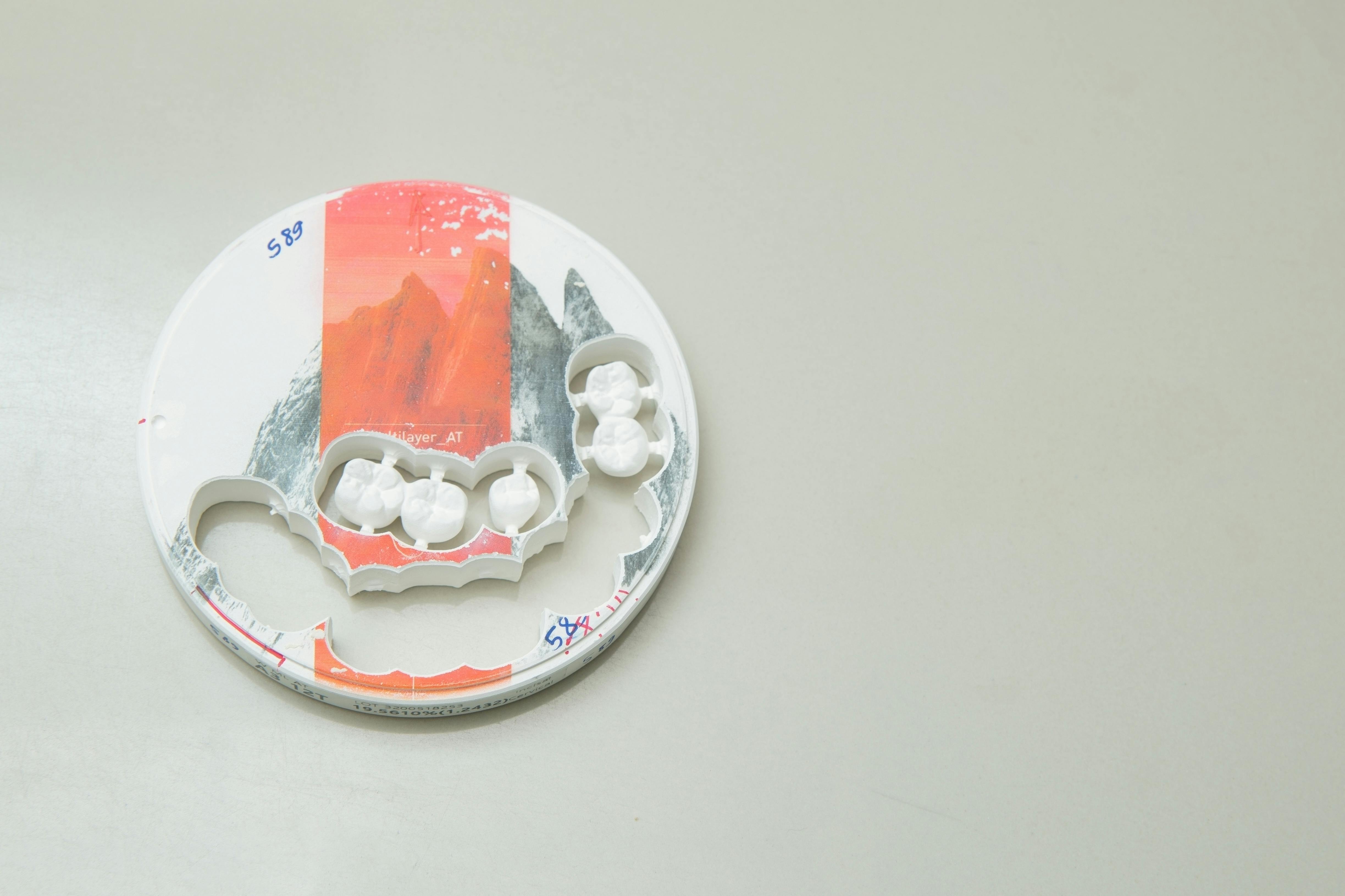Having a gap in between your front teeth can be quite noticeable and can affect your self-confidence. Fortunately, there are several ways to fix a gap in your front teeth. Depending on the size of the gap and the condition of your teeth, you may need to consult with a dentist to see which option is best for you. In this article, we will provide an overview of some of the most common methods used to fix gaps in front teeth.
Closing the Gap in Your Front Teeth
Having a gap in your front teeth can be a major source of embarrassment and insecurity. Fortunately, there are several options available to help close the gap and restore confidence in your smile.
The best option for closing the gap will depend on the size and position of the gap, as well as any underlying dental issues that may need to be addressed first. Here are some of the most common methods used to close gaps in front teeth:
Dental Bonding
Dental bonding is one of the simplest and least expensive ways to close small gaps between front teeth. In this procedure, a tooth-colored composite resin material is applied directly to the existing teeth and hardened with an ultraviolet light or laser. The material is then shaped and polished until it blends with the surrounding teeth. Dental bonding typically lasts anywhere from 3 to 10 years depending on how well it’s cared for.
Porcelain Veneers
Porcelain veneers are thin shells of ceramic that are permanently bonded to the front surfaces of your teeth. They are custom-made to match your existing teeth so they blend seamlessly with your smile. Veneers can be used to close gaps between two or more front teeth, as well as correct other cosmetic issues such as chips, cracks, and discoloration. Porcelain veneers typically last 10 years or more with proper care.
Orthodontics
Orthodontic treatment such as braces or Invisalign can be used to gradually move your teeth into better alignment over time. This method is most effective for larger gaps between front teeth that cannot be closed with bonding or veneers alone. It may take anywhere from 6 months to 2 years for treatment to be complete, depending on how severe the misalignment is.
Crowns
In some cases, crowns may be necessary if there is severe damage or decay present in one or more of the adjacent teeth that need to be addressed before closing a gap between them. Crowns are custom-made caps that fit over existing damaged teeth in order to restore them back to their original shape and size while also closing any gaps between them at the same time.
The Pros of Orthodontic Treatment
Orthodontic treatment can help improve the appearance of a person’s teeth and jaw, resulting in a more attractive smile. Orthodontic treatment can also help reduce the risk of tooth decay and gum disease, as well as improve the functioning of the teeth and jaws. When properly done, orthodontic treatment can improve confidence and self-esteem. Orthodontic treatment can also help to correct bite issues that may be causing discomfort or difficulty when eating or speaking.
The Cons of Orthodontic Treatment
Orthodontic treatment can be expensive and time consuming. It is typically not covered by insurance, and it may require multiple visits to the dentist over a period of several months or even years. In addition, braces or other orthodontic appliances can be uncomfortable to wear and may interfere with eating certain foods. Some people may also experience some minor discomfort when the braces are tightened. Finally, certain orthodontic treatments may result in permanent changes to the shape of teeth, which some people may find undesirable.
The Pros of Dental Bonding
Dental bonding is a quick and painless procedure that can be used to restore or improve the appearance of teeth. It is less expensive than other dental treatments, such as veneers and crowns, and can often be completed in one visit. Bonding is also highly versatile, so it can be used to repair chips, cracks, discoloration, and misaligned teeth. As an added bonus, the composite resin used in dental bonding is tooth-colored, so it blends in seamlessly with your natural teeth.
The Cons of Dental Bonding
The main disadvantage of dental bonding is that it may not last as long as other treatments. The composite resin used for bonding is not as strong or durable as porcelain or ceramic materials used for veneers or crowns. As a result, bonding may need to be replaced every few years in order to maintain its effectiveness. Furthermore, because it is not as strong as other materials, dental bonding may not be suitable for certain types of restorations.

The Pros of Veneers
Veneers are a popular option for those looking to improve the appearance of their smile. They are thin shells that are placed over the front surface of your teeth, giving them a more uniform shape and color. Veneers can also be used to fix chips, gaps, and minor misalignments. Some of the benefits of veneers include:
• A brighter and more even smile: Veneers can be used to cover up discolored or stained teeth, giving you a brighter and more uniform look.
• Durability: Veneers are made from strong materials such as porcelain or composite resin, so they are resistant to staining and wear.
• Quick results: The process for getting veneers is relatively quick compared to other cosmetic dental procedures. With proper care, veneers can last for many years.
The Cons of Veneers
While there are many benefits to getting veneers, there are also some drawbacks that should be considered before making a decision. These include:
• Cost: Veneers can be expensive depending on the number you need and the type you choose. The cost of having them placed is typically not covered by insurance.
• Damage: Veneers can chip or break if not cared for properly. They also cannot be whitened like natural teeth, so it’s important to keep them clean and avoid staining foods and drinks like coffee or tea.
• Permanent change: Once veneers have been placed, they cannot be removed without damaging your natural teeth. It’s important to make sure you’re comfortable with making a permanent change before getting veneers.
Preparing for Orthodontic or Dental Treatment to Close the Gap in Your Front Teeth
If you have a gap in your front teeth, orthodontic or dental treatment may be necessary to close the space. This can be done through a variety of methods, including braces, veneers, and dental bonding. Before beginning any orthodontic or dental treatment, it’s important to prepare properly.
The first step is to visit your dentist for a consultation. During this visit, your dentist will examine your teeth and take X-rays to determine the best course of action. They may also discuss other options with you, such as veneers or dental bonding.
After the consultation with your dentist, it’s time to prepare for the treatment itself. Depending on the type of treatment chosen, you may need to make changes to your lifestyle during this time. For example, if you are getting braces, you’ll need to make sure that you brush and floss regularly and avoid certain foods that could damage the braces or wreak havoc on your teeth alignment.
You should also discuss any allergies or sensitivities you may have with your dentist prior to beginning treatment. Some treatments may require special care or precautions due to allergies or sensitivities that could affect the results of your treatment.
Finally, it’s important to keep up with regular check-ups during and after treatment has been completed. This will help ensure that any progress made is maintained and that any potential problems are addressed promptly. With proper preparation and follow-up care, you should be able to close the gap in your front teeth quickly and effectively!
Caring for Your Teeth After Closing a Gap in Your Front Teeth
Closing a gap in your front teeth is an effective way to improve the appearance of your smile. After having the gap closed, it is important to take proper care of your teeth to ensure that the results last. Here are some tips for taking care of your teeth after closing a gap in your front teeth:
1. Brush and floss regularly: It is important to brush and floss regularly after closing a gap in your front teeth. This will help remove plaque and food particles that can cause cavities and discoloration. Flossing will also help keep bacteria away from the area, which can help reduce the risk of infection.
2. Avoid certain foods: Certain foods may be more damaging to your newly closed gap than others. Avoid hard or crunchy foods like popcorn kernels and nuts as these can cause damage to the area. Additionally, acidic foods such as citrus fruits, tomato-based sauces, and carbonated beverages should be avoided as they can erode enamel.
3. Visit your dentist regularly: It is important to visit your dentist at least twice a year for check-ups and cleanings after having a gap closed in your front teeth. This will help ensure that any problems are addressed quickly before they become more serious issues.
4. Wear a mouthguard when playing sports: To protect your newly closed gap from being damaged while playing sports, it is important to wear a mouthguard when engaging in physical activity such as basketball or football.
By following these tips, you can ensure that the results of closing a gap in your front teeth will last for years to come!

Conclusion
Gaps in the front teeth can be corrected using various methods, such as dental bonding, veneers, braces, and crowns. It is important to consult a dentist to determine which method is most suitable for your particular case. Depending on the severity of the gap and your budget, bonding may be the most affordable and quickest method for correcting gaps in the front teeth. Braces and crowns are more expensive but may be necessary for larger gaps or a severely misaligned bite.
No matter which method you choose, it is important to take proper care of your teeth before and after treatment to ensure that the gap does not return. This includes brushing twice a day with fluoride toothpaste, flossing every day, and attending regular dental check-ups. With proper care and maintenance of your teeth, you can keep any gaps in your front teeth from reoccurring.
In conclusion, there are many ways to fix a gap in your front teeth. Consult with a dentist to decide which one is right for you based on severity of the gap and budget considerations. With proper care and regular visits to the dentist, you can ensure that any gaps in your teeth will stay fixed.
